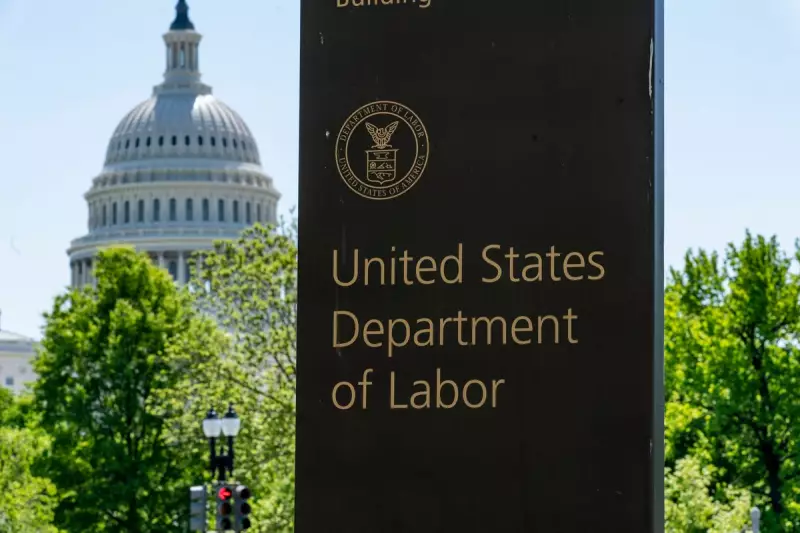
Long-Awaited US Jobs Data Sheds Light on Economic Health
After a 43-day government shutdown left investors and policymakers in the dark, the US Labor Department has finally released the long-delayed September jobs report. The data provides the first clear picture of the American labour market in nearly seven weeks, revealing a familiar but concerning pattern of sluggish hiring coupled with remarkably few layoffs.
Key Findings from the September Report
Economists surveyed by FactSet anticipated that US employers added approximately 50,000 jobs in September. While this figure is unimpressive, it marks a notable improvement from the paltry 22,000 jobs created in August. The unemployment rate is expected to have held steady at a low 4.3%.
This continuation of weak job creation poses a paradox for the economy. Americans who are employed generally enjoy strong job security, yet those seeking work face significant challenges finding it. Stephen Stanley, chief US economist at Santander bank, offered a slightly more optimistic view than his peers, forecasting that employers added 75,000 jobs in September.
Broader Economic Context and Market Impact
The job market has been under considerable strain this year. The lingering effects of high interest rates, implemented to combat the 2021-2022 inflation spike, continue to be felt. Further uncertainty has been driven by former President Donald Trump's campaign to impose widespread import taxes.
Recent revisions to Labor Department data revealed a sobering adjustment: the economy created 911,000 fewer jobs than initially reported for the year ending in March. This revision means employers added an average of just 71,000 jobs per month during that period, far below the originally reported 147,000. Since March, the pace has slowed even further to an average of 53,000 jobs per month.
Matthew Ryan, a market strategist at Ebury, noted that while markets would typically disregard such outdated data, investors are currently so starved for economic news that volatility following the report is expected to be extremely high.
Immigration Policy's Influence on Labour Dynamics
President Trump's crackdown on illegal immigration is having a measurable impact on the labour force. Stephen Stanley pointed out that with fewer immigrants seeking work, the economy can now sustain stability with far lower monthly job creation. Previously, the breakeven point was seen between 125,000 and 150,000 jobs per month. Stanley suggests that the job market can now remain stable even if employers add just 50,000 jobs a month, or possibly fewer.
Future Data Delays and Policy Implications
The insights from the September report will carry extra weight, as it will be the last complete assessment of hiring and unemployment that Federal Reserve policymakers see before their crucial December 9-10 meeting. At this meeting, they will decide whether to cut the benchmark interest rate for the third time this year.
Looking ahead, the Labor Department has announced it will not release a full October jobs report due to disruptions caused by the government shutdown. Instead, some October data—including the number of jobs created—will be released alongside the full November report on December 16, several weeks behind schedule. This delay means the September data will remain a critical reference point for understanding the American economy for some time.





